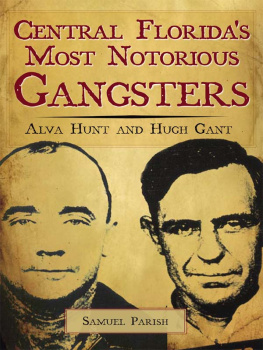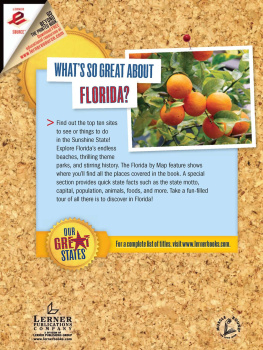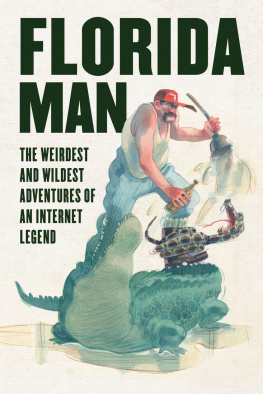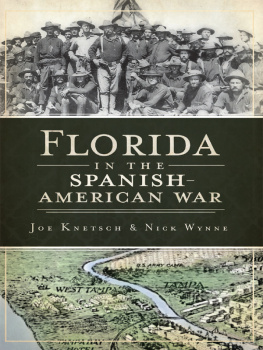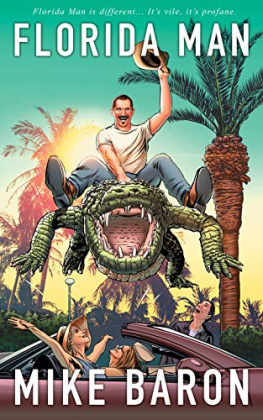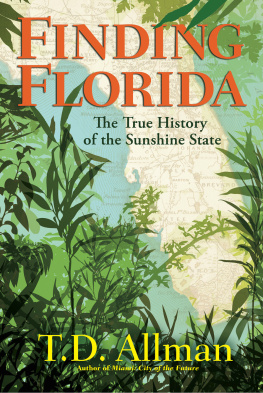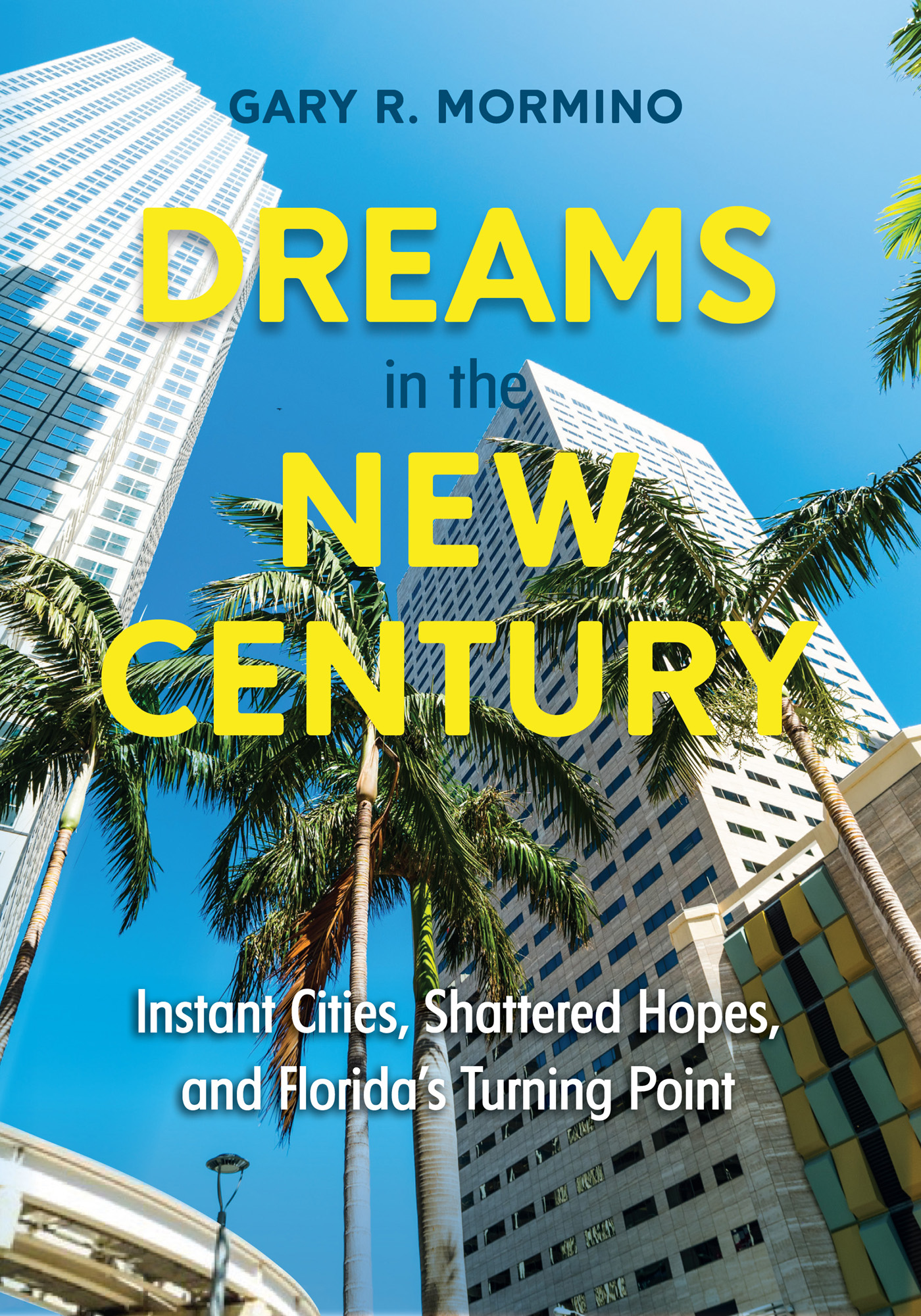Contents
Landmarks
Pages
Dreams in the New Century

UNIVERSITY PRESS OF FLORIDA
Florida A&M University, Tallahassee
Florida Atlantic University, Boca Raton
Florida Gulf Coast University, Ft. Myers
Florida International University, Miami
Florida State University, Tallahassee
New College of Florida, Sarasota
University of Central Florida, Orlando
University of Florida, Gainesville
University of North Florida, Jacksonville
University of South Florida, Tampa
University of West Florida, Pensacola
UNIVERSITY PRESS OF FLORIDA
Gainesville
Tallahassee
Tampa
Boca Raton
Pensacola
Orlando
Miami/
Jacksonville
Ft. Myers
Sarasota
DREAMS in the NEW CENTURY
Instant Cities, Shattered Hopes, and Floridas Turning Point
GARY R. MORMINO
The Frank E. Duckwall Foundation is proud to assist with the publication of Dr. Gary Morminos new book, Dreams in the New Century: Instant Cities, Shattered Hopes, and Floridas Turning Point, as he continues his documentation of the social history of Florida that he began with Land of Sunshine, State of Dreams.
Copyright 2022 by Gary R. Mormino
All rights reserved
Published in the United States of America
27 26 25 24 23 22 6 5 4 3 2 1
ISBN 978-0-8130-6934-0
Library of Congress Control Number: 2021947197
The University Press of Florida is the scholarly publishing agency for the State University System of Florida, comprising Florida A&M University, Florida Atlantic University, Florida Gulf Coast University, Florida International University, Florida State University, New College of Florida, University of Central Florida, University of Florida, University of North Florida, University of South Florida, and University of West Florida.
University Press of Florida
2046 NE Waldo Road
Suite 2100
Gainesville, FL 32609
http://upress.ufl.edu

Introduction
Arise and go toward the south.
Acts 8:26
Any oracle divining the events that whiplashed Florida in the first decade of the twenty-first century would have been pummeled by citrus-greening-infected oranges and foreclosure signs. Neither Carl Hiaasen, Dave Barry, nor Tim Dorsey could have imagined a single decade featuring Y2K silliness, the Elin saga, the melodramatic 2000 election, the heart-stopping, nation-altering events of 9/11, state leaders as interesting and diverse as Jeb Bush, Charlie Crist, Mel Martnez, Marco Rubio, and Rick Scott, a series of technological revolutions that hooked the young and confused the old, the cratering of the printed newspaper business, a searing economic collapse known as the Great Recession, a death spiral of the citrus industry, an opioid crisis, and an environmental reckoning. The Great Rebound in 2010 witnessed a return to normalcycritics suggest abnormalcyas the rush to Florida renewed and the Sunshine State reclaimed its status as, in Sarah Palins words, a hopey-dreamy state. Meanwhile, the turnstiles in that memorable decade often witnessed 1,000 clicksmany of them immigrantsevery single day.
While infomercial and bitter winters lured 1,000 newcomers a day during the era 20002007, the misfortunes wrought by housing foreclosures, financial shenanigans, and negative publicity turned many Americans sour on Florida. The pipeline bringing newcomers quickly ran dry. The era 20002010 was a cautionary tale of two Floridas: the haunting Dickensian ghosts of the Florida Boom and Florida Bust, the Florida Dream and the Florida Nightmare. Postcards and infomercials rarely highlight a once-stunning environment afflicted by red tide and green algae slime, eroding beaches, oil-slicked coastlines, and growing concerns about the future of the fragile environment.
How should one approach such a study? Kevin Starr laid the framework for dream state studies in his brilliant but daunting eight-volume series beginning with Americans and the California Dream (1973) and ending with California on the Edge (1990). In his concluding volume, Starrs reservations surely resonate with many Floridians: I became fascinated as the 1980s turned into the 1990s by the possibilitysometimes the probabilitythat California has seriously gone awry. Starr also understood the most salient issue of the era. There are limits, he pleaded in 1991. We have a new kind of environmental limit, not so much having to do with damage to the environment but how much population is sustainable in the environmental engineering formula. A proper perspective, indeed!
If there is a single quote that serves as a thematic Orange Star, it comes from an unlikely source. As an undergraduate at Millikin University in the late 1960s, I read a book by Will and Ariel Durant, The Story of Civilization. They wrote,
Civilization is a stream with banks. The stream is filled with blood from people killing, stealing, shouting and doing the things historians generally record; while on the banks, unnoticed, people build homes, make love, raise children, sing songs, write poetry and even whittle statues. The story of civilization is the story of what happened on the banks. Historians are pessimists because they ignore the banks for the river.
Millions of persons arrived in Florida during the time frame 20002010. New rivers of commerce and travel brought people from around the world on ships, planes, and automobiles. Others arrived on rafts and even by foot. This is a study of Floridians along and around the Withlacoochee and Sopchoppy; Baghdad, Sumatra, and St. Petersburg; Two Egg, Yahoo Junction, and Fort Lonesome; Ozona, Bonita Springs, and Panacea; Naples, Venice, and Genoa; Yankeetown and Dixie County. The book also focuses upon Miami and Hialeah, Tampa and Jacksonville, Orlando and Kissimmee, big cities attracting a more diverse population.
In 2005, journalist David Shribman perfectly captured the eras energy with a spirited essay, The Future Is Florida: Florida may have symbolically replaced California as an important cultural indicator. It may be that Florida, rather than California, is the place where the future is best viewed. In almost every significant index of American lifethe sheer numbers and influence of the elderly and foreign-born, the old and new nuances of race, the jigsaw patterns of residential life, environmental challenges, the pursuit of happiness and political melodramaFlorida matters. A government official, when asked to offer a glimpse into the future, answered: the Floridization of the United States. The 2000 Election, 9/11, Terri Schiavo, the escalating tensions over religious politics, the housing collapse, the housing rebound, and sports cannot be understood without the perspective of Florida.
The novelist Wallace Stegner insisted that the geography of the West expressed the geography of hope. If so, Florida manifested dreams of individual happiness amid tropical splendors. Stegner also believed that California resembles America, only more so. The Sunshine State and Golden Statecalled sister Sunbelt giants by a reporter at the Ocala Star-Bannerrepresent Americas two great dream states. In the half century following World War II, California set the rules and served as a trendsetter for movies and education, music and protest, politics and culture. In the 1960s, comedians joked that all the nuts in America rolled westward. Increasingly, Florida was becoming a weathervane or gyroscope. The murder of Gianni Versace in 1997 on Miami Beach and the earlier rampage of Ted Bundy in Tallahassee spoke to our obsession with the lifestyle of the famous and infamous. Florida and California also shared identities as ethnic-immigrant hothouses, political trendsetters, and economic engines of opportunity.


